Nigeria’s textile heritage is vast and varied, with each region boasting fabrics that tell stories of tradition, artistry, and identity. Among these fabrics, Aso Oke holds a special place, standing out for its craftsmanship, cultural significance, and timeless appeal. So, what is it about this fabric that makes it different from other Nigerian fabrics ? Why is it so cherished, not only in Nigeria but increasingly on the global stage?
Aso Oke carries with it centuries of history and tradition. Each piece of Aso Oke is imbued with cultural meanings, from the color combinations to the intricate patterns that signify wealth, status, and family heritage.
A key difference between Aso Oke and most other fabrics is that, unlike mass-produced textiles, every piece of the luxurious fabric is painstakingly handwoven on narrow looms, often taking days to complete. This artisanal approach makes each fabric unique, with slight variations that reflect the personal touch of the weaver. The process itself is a testament to the skills passed down through generations, ensuring that its traditional techniques and cultural meanings are preserved.
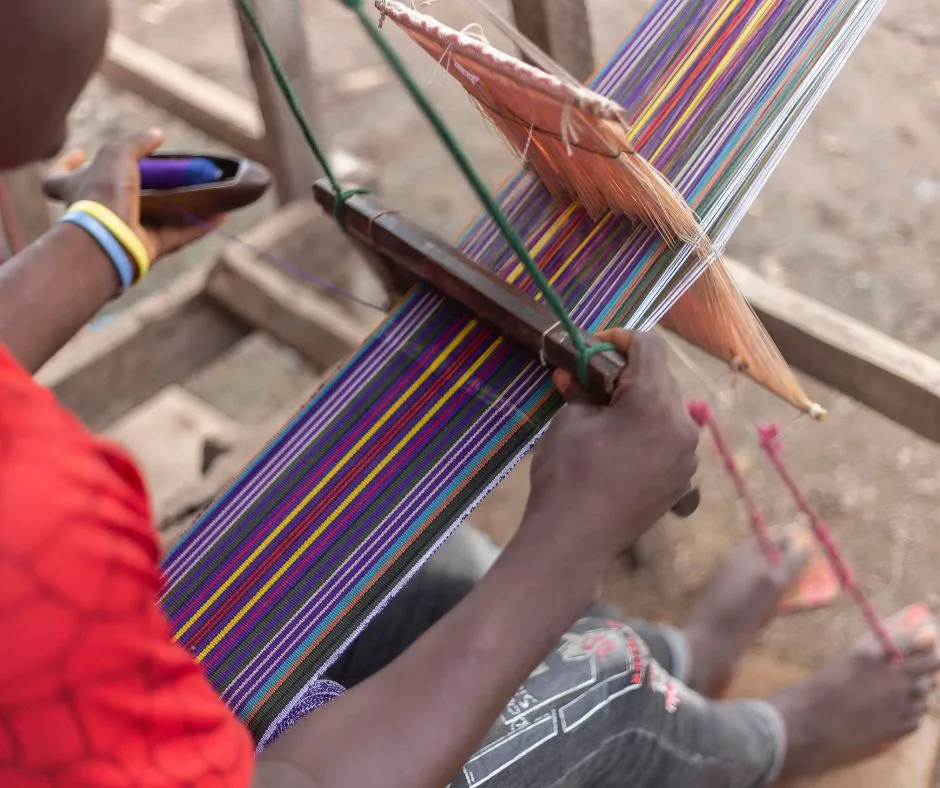
What makes Aso Oke different from other Nigerian fabrics is its ability to evolve while retaining its cultural roots. While traditionally associated with special occasions, Aso Oke has found new life in contemporary fashion, proving its versatility and adaptability.
Designers today are experimenting with it and blending its traditional patterns with modern silhouettes. You’ll now find this fabric in chic suits, fashionable handbags, and even home décor items like pillows and upholstery. This transformation makes the beloved fabric relevant for a wide range of uses, from casual to formal wear, while still honoring its heritage.
This evolution has brought Aso Oke into the global fashion scene, where it is celebrated for its luxurious feel and cultural significance. Its rich texture, vibrant colors, and intricate patterns make it a fabric of choice for fashion-forward individuals looking to make a bold statement that connects them to something deeper.
Nigeria is home to an array of beautiful fabrics, each with its own unique qualities. Fabrics like Ankara, Adire, Akwete and Isi-Agu are all rich in cultural meaning and artistry. So what are the differences between Aso Oke and these other Nigerian fabrics?
While Ankara is widely embraced in Nigeria, it was actually introduced to West Africa by The Dutch during colonial times. The bold, wax-print designs originated from the Indonesian batik techniques which were the inspiration for the mass-produced version sold by the Dutch.
Aso Oke, by contrast, is fully Nigerian and can be custom-made to fit the wearer’s specific needs from color choices to patterns, making each piece one-of-a-kind. Embracing it offers an opportunity to celebrate a fabric that is authentically Nigerian in its origins and traditional craftsmanship.
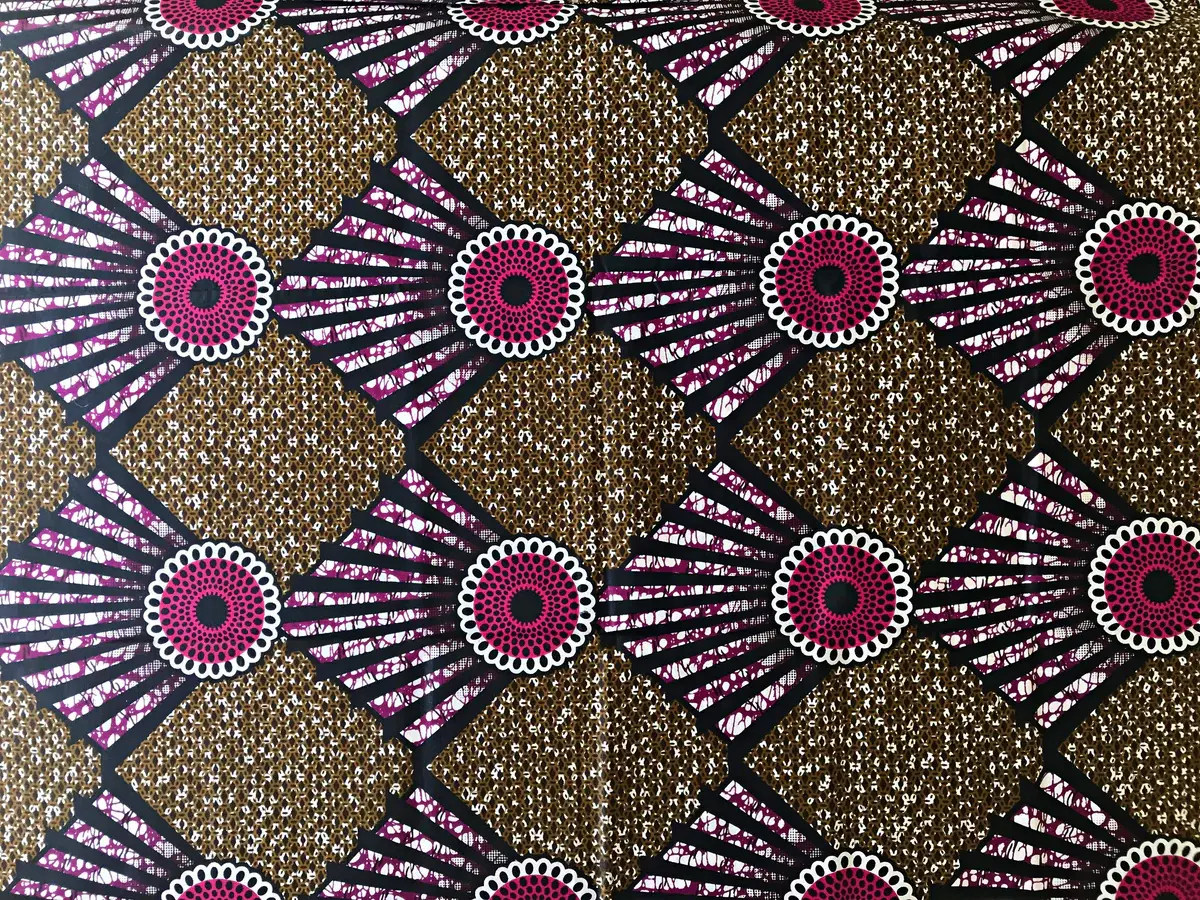
Adire, with its resist-dyed patterns, offers artistic appeal, but Aso Oke’s textured weave and use of silk or metallic threads give the fabric a depth of feeling that communicates a different type of sophistication and elegance.
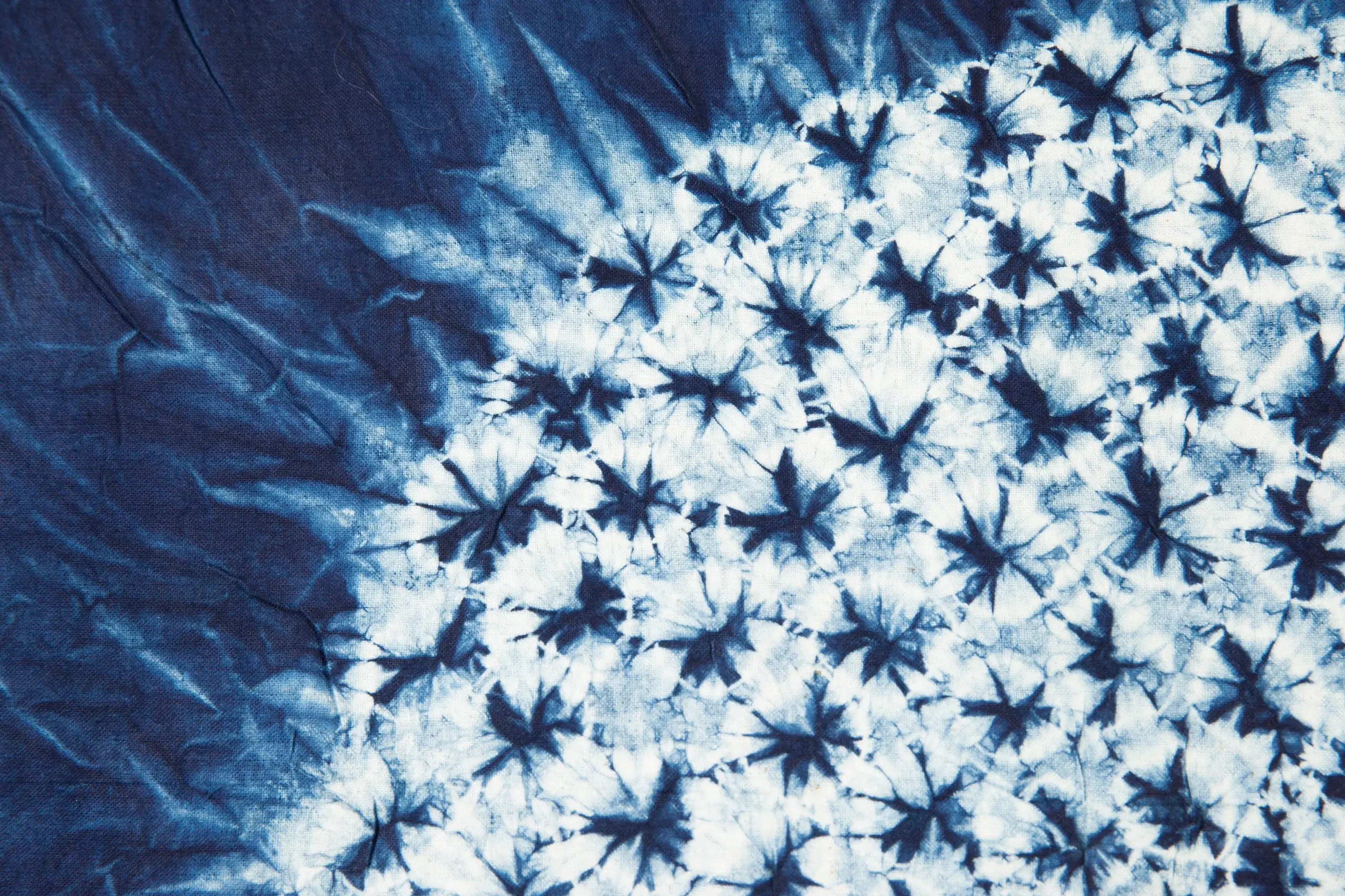
Isi-Agu, a traditional fabric of the Igbo people from eastern Nigeria, is known for its velvet or cotton material and is often worn by chiefs. Traditionally paired with a red fez hat and a leopard cap, it signifies high status.
While Isi-Agu holds significant ceremonial value, Aso Oke stands out fot its versatility and luxury. Its rich textures and sophisticated patterns make it ideal for both traditional and modern fashion, elevating its status in contemporary style.
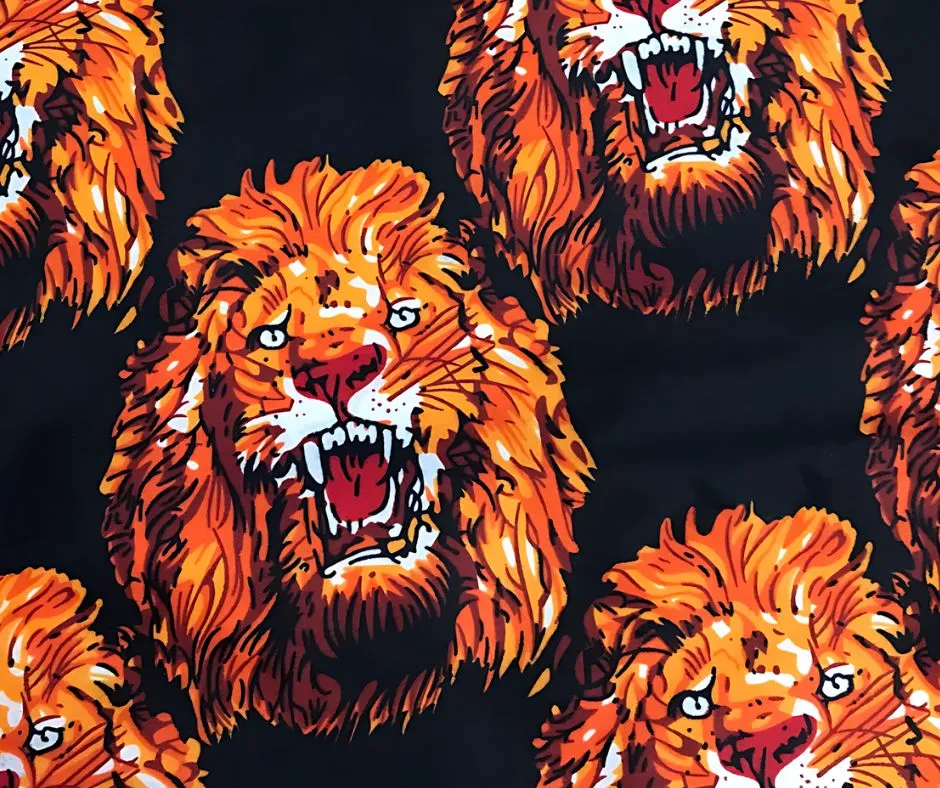
Akwete cloth, originally handwoven by the women of Akwete, Abia, Nigeria, features solid colors and intricate motifs made from materials like sisal-hemp, raffia, and cotton. Known for its durability and intricate geometric patterns, Akwete has deep cultural roots, serving practical purposes such as towels, warrior attire, and ceremonial garments for masqueraders.
Aso Oke, however, isn’t just distinguished by its craftsmanship, though it also features intricate, handwoven patterns made from fine materials like silk and cotton. What truly sets it apart is its widespread acceptance and celebration. It has transcended its cultural roots, evolving into a global favorite used in both traditional and contemporary fashion. While both fabrics share similarities in their creation, Aso Oke’s adaptability to modern styles and its enduring appeal among its people make it a standout in Nigerian textiles.
Aso Oke’s appeal isn’t limited to special events anymore. While it remains a staple in traditional Yoruba weddings and celebrations, more people are embracing it in everyday wear. Its durability and luxurious texture make it perfect for stylish everyday outfits, from jackets to accessories.
Additionally, its growing popularity in interior design speaks to its versatility. Whether you’re looking for a statement piece to elevate your living room or an eye-catching bag, Aso Oke brings a touch of cultural elegance to any setting.
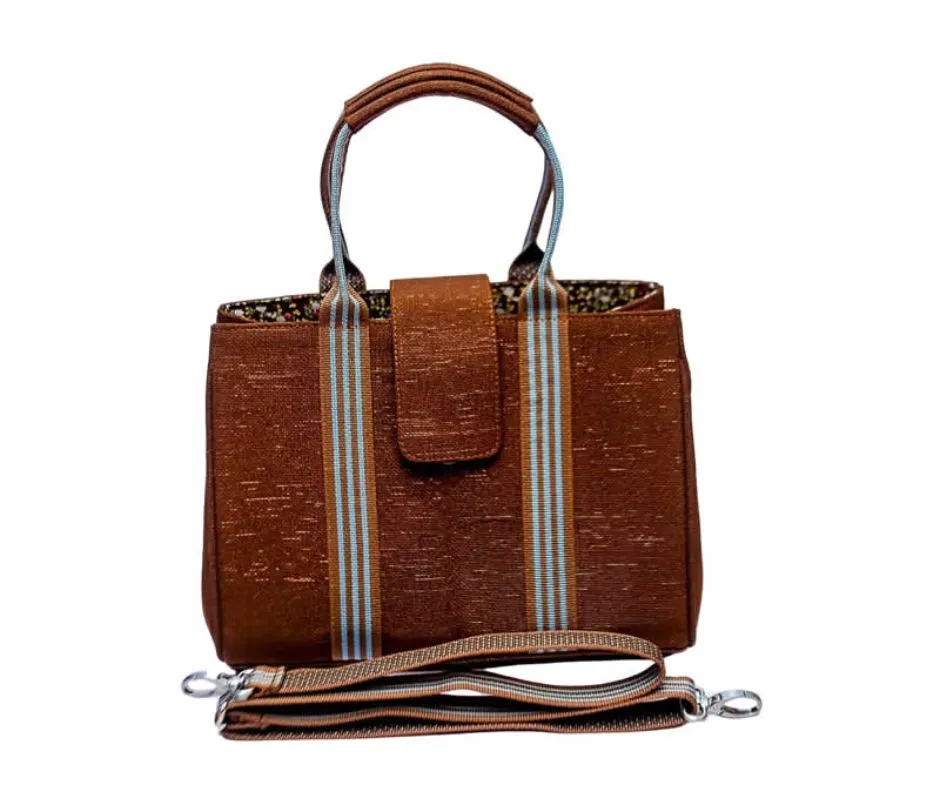
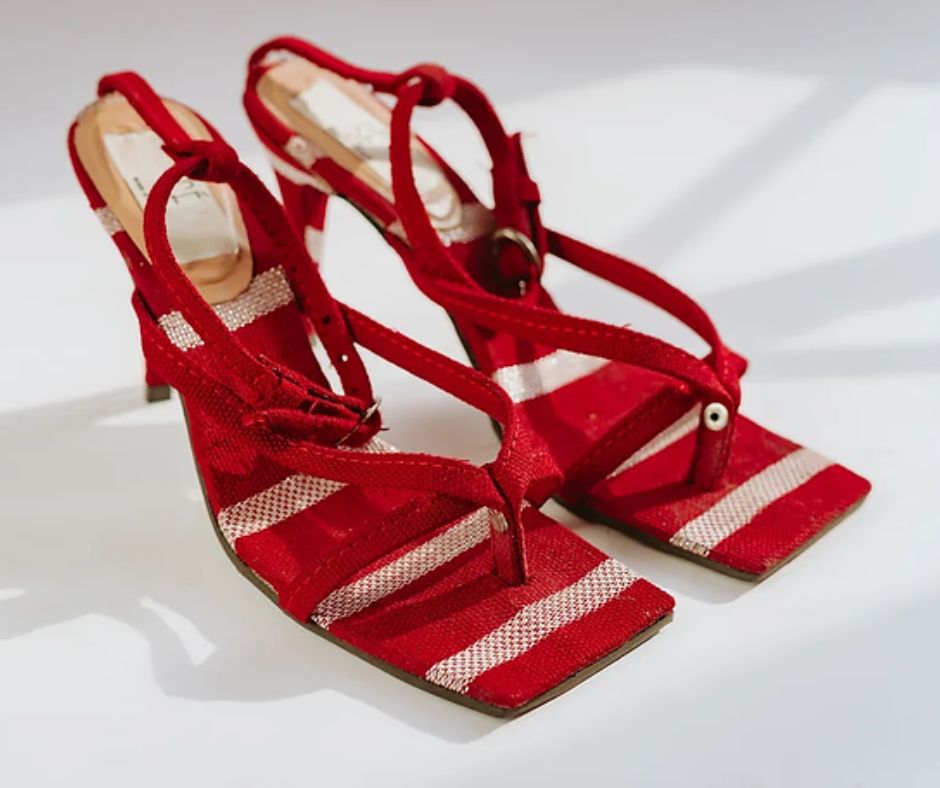
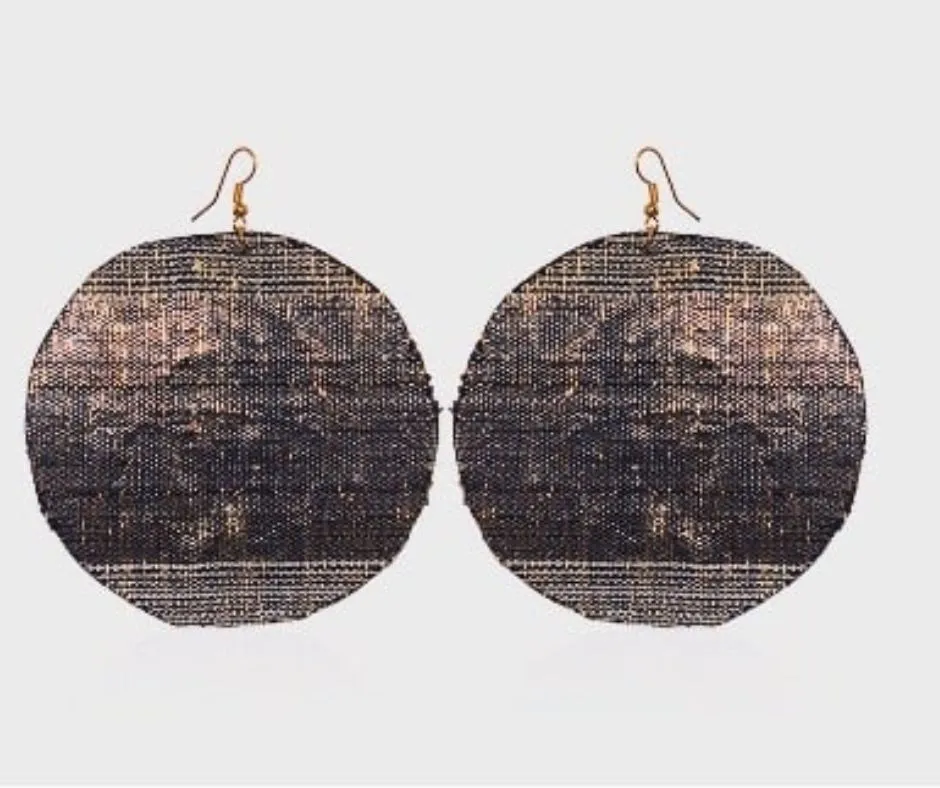
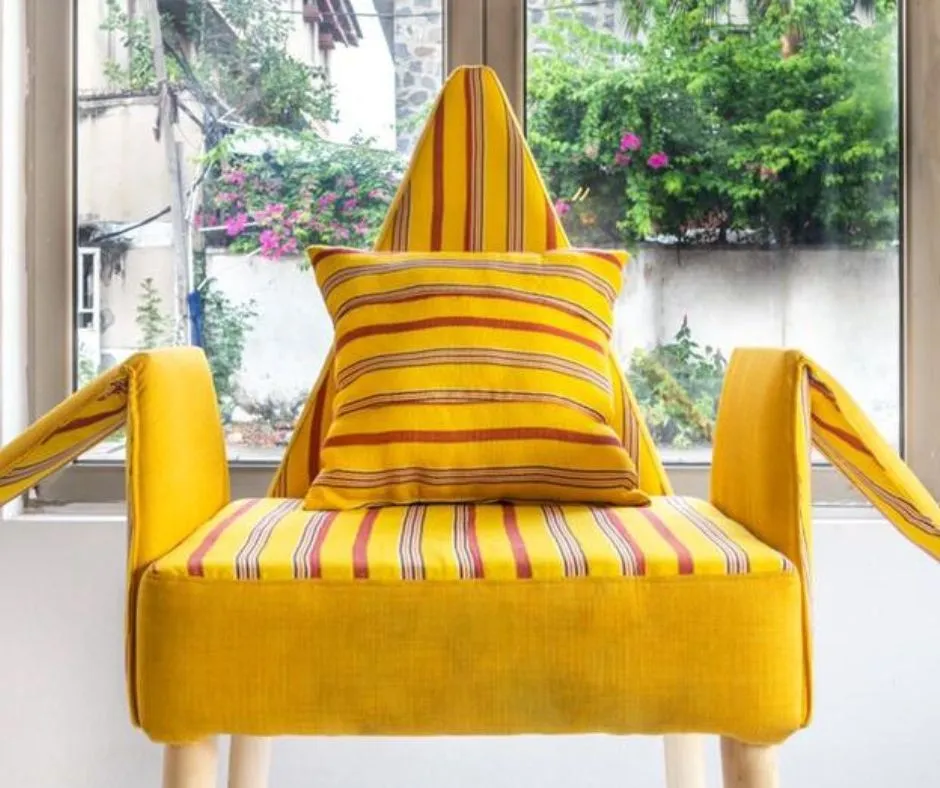
At Woven Market Africa , we take pride in preserving the tradition of Aso Oke while pushing the boundaries of what this fabric can become. Our artisans use time-honored techniques to create custom pieces that reflect both the past and the future. We believe that it is more than a fabric—it’s a way to connect with culture, tell stories, and celebrate individuality.
In a world where fast fashion dominates, this fabric stands as a reminder of the value of craftsmanship and sustainability. By choosing Aso Oke, you’re not just selecting a beautiful piece of fabric; you’re supporting artisans, preserving cultural heritage, and embracing a fabric that speaks to tradition and modernity.
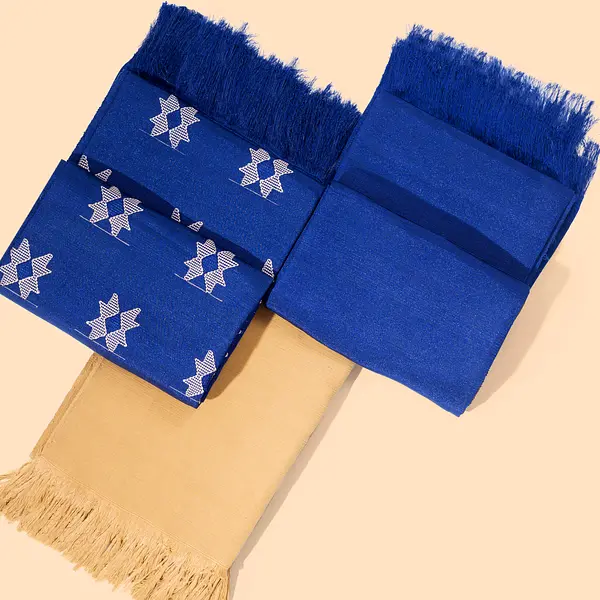
Aso Oke is more than just fabric, it’s a symbol of resilience, cultural pride, and artisanal excellence. As it continues to evolve and adapt to modern trends, it remains a fabric that tells the story of Nigeria’s rich heritage while fitting seamlessly into today’s fashion landscape. Whether worn for a special occasion or styled into everyday fashion, this handwoven Nigerian textile carries with it the elegance of tradition and the promise of the future.
Discover the beauty, craftsmanship, and versatility of Aso Oke with Woven Market Africa. You’re not just wearing a fabric—you’re wearing Culture.
Subscribe now for more unique content and updates.